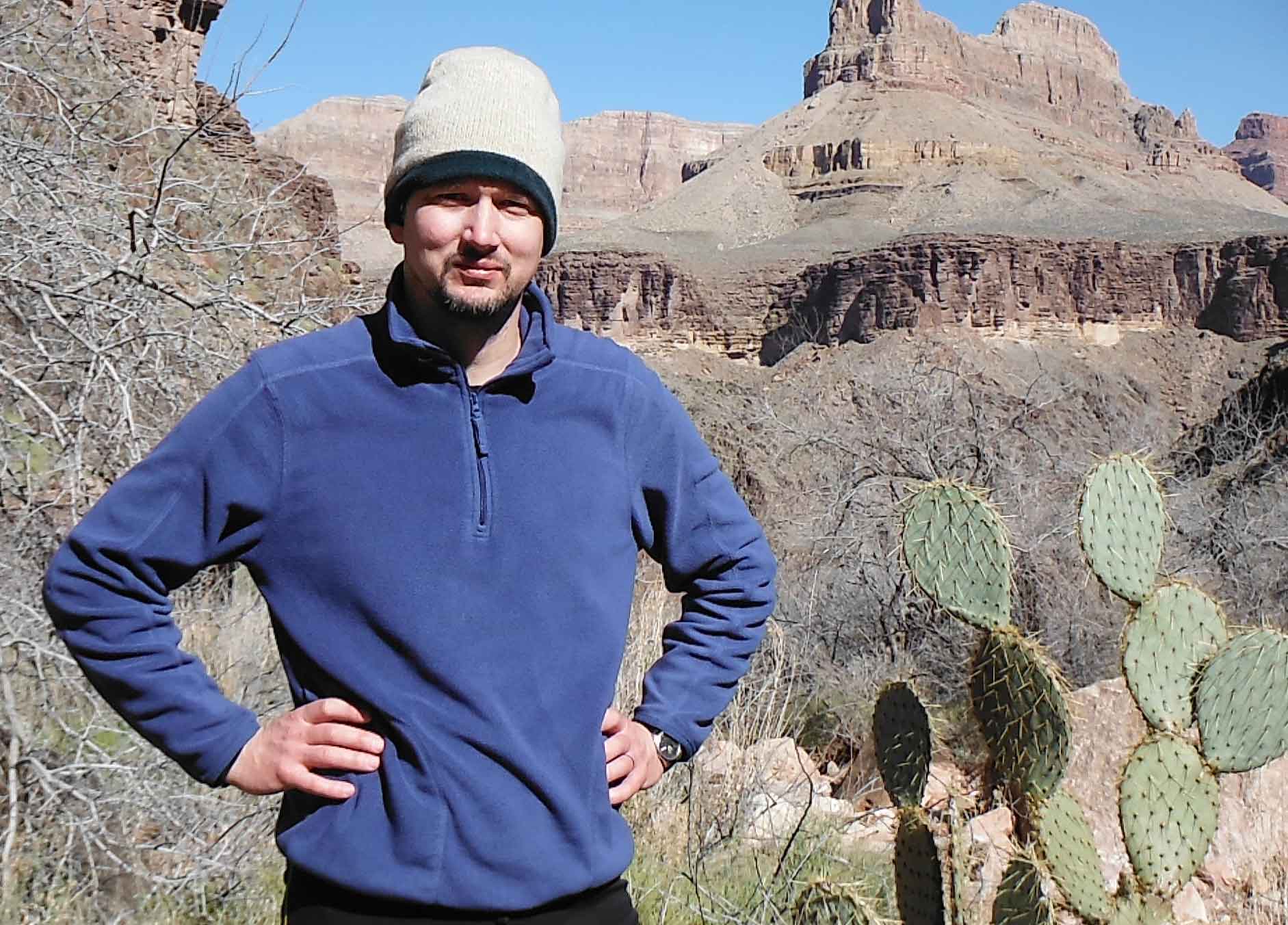|
![]()
| Daniel Coombs Person1 #679773 Professor and Head of the Mathematics Department in the Institute of Applied Mathematics at the University of British Columbia. | 
|
+Citations (3) - CitationsAjouter une citationList by: CiterankMapLink[2] SARS-CoV-2 cross-sectional seroprevalence study among public school staff in Metro Vancouver after the first Omicron wave in British Columbia, Canada
En citant: Allison W Watts, Louise C Mâsse, David M Goldfarb, Mike A Irvine, Sarah M Hutchison, Lauren Muttucomaroe, Bethany Poon, Vilte E Barakauskas, Collette O’Reilly, Else Bosman, Frederic Reicherz, Daniel Coombs, Mark Pitblado, Sheila F O’Brien, Pascal M Lavoie
Publication date: 12 June 2023
Publication info: BMJ Open 2023;13:e071228
Cité par: David Price 8:12 PM 10 December 2023 GMT
Citerank: (4) 701020CANMOD – PublicationsPublications by CANMOD Members144B5ACA0, 704045Covid-19859FDEF6, 715376Serosurveillance859FDEF6, 715617Schools859FDEF6
URL:
DOI: https://doi.org/10.1136/bmjopen-2022-071228
| | Extrait - [BMJ Open, 12 June 2023]
Objective: To determine the SARS-CoV-2 seroprevalence among school workers within the Greater Vancouver area, British Columbia, Canada, after the first Omicron wave.
Design: Cross-sectional study by online questionnaire, with blood serology testing.
Setting: Three main school districts (Vancouver, Richmond and Delta) in the Vancouver metropolitan area.
Participants: Active school staff enrolled from January to April 2022, with serology testing between 27 January and 8 April 2022. Seroprevalence estimates were compared with data obtained from Canadian blood donors weighted over the same sampling period, age, sex and postal code distribution.
Primary and secondary outcomes: SARS-CoV-2 nucleocapsid antibody testing results adjusted for test sensitivity and specificity, and regional variation across school districts using Bayesian models.
Results: Of 1850 school staff enrolled, 65.8% (1214/1845) reported close contact with a COVID-19 case outside the household. Of those close contacts, 51.5% (625/1214) were a student and 54.9% (666/1214) were a coworker. Cumulative incidence of COVID-19 positive testing by self-reported nucleic acid or rapid antigen testing since the beginning of the pandemic was 15.8% (291/1845). In a representative sample of 1620 school staff who completed serology testing (87.6%), the adjusted seroprevalence was 26.5% (95% CrI 23.9% to 29.3%), compared with 32.4% (95% CrI 30.6% to 34.5%) among 7164 blood donors.
Conclusion: Despite frequent COVID-19 exposures reported, SARS-CoV-2 seroprevalence among school staff in this setting remained no greater than the community reference group. Results are consistent with the premise that many infections were acquired outside the school setting, even with Omicron. |
Link[3] Factors associated with SARS-CoV-2 infection in unvaccinated children and young adults
En citant: Sarah L. Silverberg, Hennady P. Shulha, Brynn McMillan, Guanyuhui He, Amy Lee, Ana Citlali Márquez, Sofia R. Bartlett, Vivek Gill, Bahaa Abu-Raya, Julie A. Bettinger, Adriana Cabrera, Daniel Coombs, Soren Gantt, David M. Goldfarb, Laura Sauvé, Mel Krajden, Muhammad Morshed, Inna Sekirov, Agatha N. Jassem, Manish Sadarangani
Publication date: 15 January 2024
Publication info: BMC Infectious Diseases, Volume 24, Article number: 91 (2024)
Cité par: David Price 6:40 PM 29 February 2024 GMT
Citerank: (3) 701020CANMOD – PublicationsPublications by CANMOD Members144B5ACA0, 704041Vaccination859FDEF6, 704045Covid-19859FDEF6
URL:
DOI: https://doi.org/10.1186/s12879-023-08950-1
| | Extrait - [BMC Infectious Diseases, 15 January 2024]
Background and objectives: Pediatric COVID-19 cases are often mild or asymptomatic, which has complicated estimations of disease burden using existing testing practices. We aimed to determine the age-specific population seropositivity and risk factors of SARS-CoV-2 seropositivity among children and young adults during the pandemic in British Columbia (BC).
Methods: We conducted two cross-sectional serosurveys: phase 1 enrolled children and adults < 25 years between November 2020-May 2021 and phase 2 enrolled children < 10 years between June 2021-May 2022 in BC. Participants completed electronic surveys and self-collected finger-prick dried blood spot (DBS) samples. Samples were tested for immunoglobulin G antibodies against ancestral spike protein (S). Descriptive statistics from survey data were reported and two multivariable analyses were conducted to evaluate factors associated with seropositivity.
Results: A total of 2864 participants were enrolled, of which 95/2167 (4.4%) participants were S-seropositive in phase 1 across all ages, and 61/697 (8.8%) unvaccinated children aged under ten years were S-seropositive in phase 2. Overall, South Asian participants had a higher seropositivity than other ethnicities (13.5% vs. 5.2%). Of 156 seropositive participants in both phases, 120 had no prior positive SARS-CoV-2 test. Young infants and young adults had the highest reported seropositivity rates (7.0% and 7.2% respectively vs. 3.0-5.6% across other age groups).
Conclusions: SARS-CoV-2 seropositivity among unvaccinated children and young adults was low in May 2022, and South Asians were disproportionately infected. This work demonstrates the need for improved diagnostics and reporting strategies that account for age-specific differences in pandemic dynamics and acceptability of testing mechanisms. |
|
|